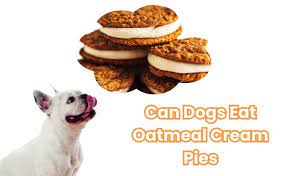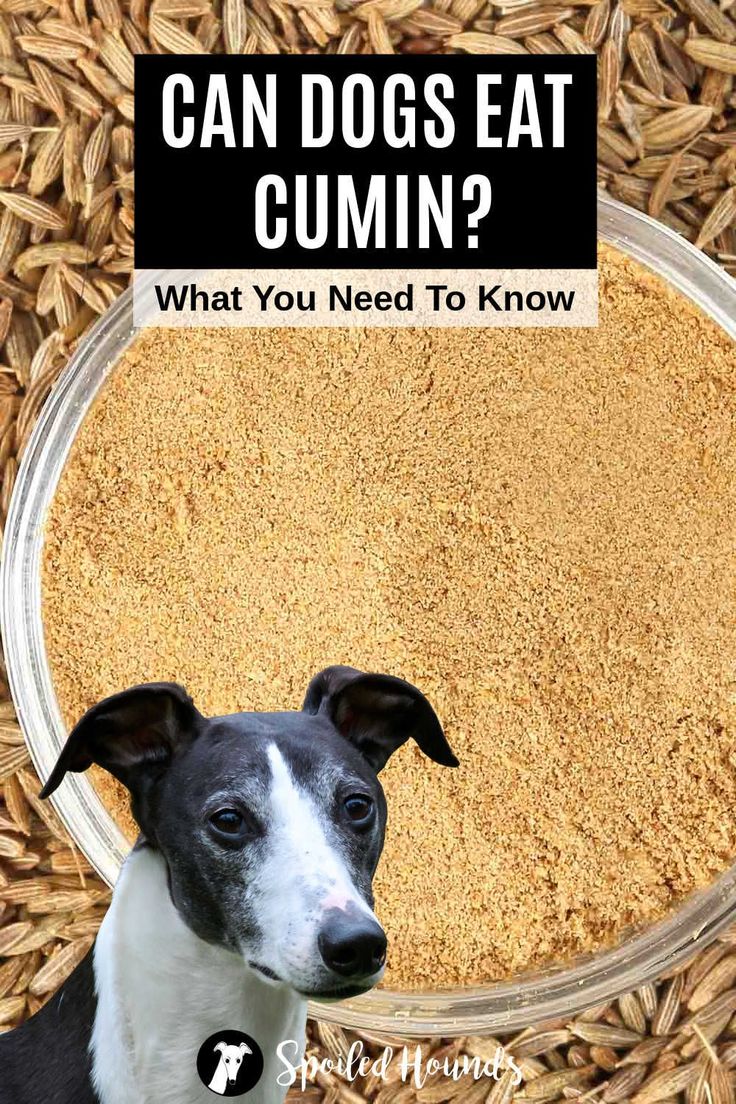Let’s start by delving into the fascinating world of tamales. Tamales are more than just a delicious treat wrapped in corn husks; they hold a rich history steeped in cultural significance. Dating back thousands of years, tamales have been a staple in various cuisines across Latin America, with each region boasting its unique twist on this beloved dish.
Now, let’s switch gears and talk about our canine companions’ dietary needs. As responsible pet owners, we’re always striving to provide the best nutrition for our furry friends. From protein-packed meats to vitamin-rich veggies, understanding what makes up a balanced diet for dogs is essential for their overall health and well-being.
But here’s the tricky part: while some human foods can be perfectly safe and even beneficial for our dogs, others can pose significant risks to their health. That’s why it’s crucial to know which foods are off-limits and which ones are safe to share with our four-legged pals. After all, nothing beats seeing those tail wags and puppy eyes when they get a special treat!
So, grab a seat and join us on this informative journey as we unravel the mysteries of tamales and explore how they fit into our canine companions’ nutritional needs. Together, we’ll navigate the world of pet nutrition with care and consideration for our beloved furry friends.
Ingredients in Tamales: Safe or Harmful?
Tamales, with their rich blend of flavors and cultural significance, are a beloved dish enjoyed by many across various regions and traditions. However, when it comes to sharing tamales with our canine companions, there are important considerations to take into account regarding the safety of the ingredients. In this section, we will explore the common ingredients found in tamales and their potential impact on canine health, identifying safe options and highlighting potentially harmful ingredients for dogs.
Common Ingredients in Tamales
Tamales are typically composed of several key ingredients that contribute to their delicious flavor and texture. These ingredients vary depending on regional preferences and personal recipes but commonly include:
- Masa: The dough made from cornmeal or masa harina, which serves as the outer layer of the tamale.
- Meat: Various meats such as pork, chicken, beef, or even seafood, which provide protein and flavor to the filling.
- Spices: A blend of spices such as chili powder, cumin, and oregano, which add depth and complexity to the tamale’s taste.
- Other Fillings: Additional ingredients like cheese, vegetables, or beans, which complement the meat filling and enhance the overall flavor profile.
Identification of Safe Ingredients for Dogs
While some ingredients commonly found in tamales may be safe for dogs to consume in moderation, others can pose risks to their health. Here are some examples of safe ingredients for dogs:
- Plain Cooked Meat: Lean meats such as chicken, turkey, or beef, cooked without added spices or seasonings, can be a safe and protein-rich option for dogs.
- Plain Masa: Masa dough without added spices or flavorings may be suitable for dogs in small amounts, although it is not a necessary component of their diet.
- Potentially Harmful Ingredients for Dogs
On the other hand, certain ingredients commonly used in tamales can be harmful or even toxic to dogs. Pet owners should be aware of these ingredients and avoid feeding them to their furry companions. Some examples include:
- Onions and Garlic: These ingredients contain compounds that can damage a dog’s red blood cells, leading to anemia and other health problems.
- Certain Spices: Spices like chili powder and cumin may cause gastrointestinal upset or irritation in dogs, especially in large quantities.
By understanding the common ingredients in tamales and their potential impact on canine health, pet owners can make informed decisions about whether to share this beloved dish with their furry friends. It is essential to prioritize the safety and well-being of dogs by offering them treats that are both delicious and suitable for their dietary needs.
Nutritional Benefits of Tamales for Dogs
While it’s important to be cautious about feeding tamales to dogs due to potential harmful ingredients, there are also some nutritional benefits that may be worth considering. In this section, we will explore the potential nutritional benefits of tamales for dogs, including their protein content, vitamins, and minerals, as well as scenarios where small amounts of tamale might be safe for dogs.
Protein Content and its Benefits for Dogs
Protein is an essential nutrient for dogs, playing a crucial role in building and repairing tissues, supporting immune function, and maintaining healthy skin and coat. Tamales, particularly those containing meat fillings, can provide a significant source of protein for dogs. Here are some benefits of protein for dogs:
- Muscle Growth and Maintenance: Adequate protein intake supports the growth and maintenance of lean muscle mass, helping dogs stay strong and active.
- Energy Production: Protein is a primary source of energy for dogs, providing the fuel they need to support their daily activities and exercise.
- Immune Support: Protein is necessary for the production of antibodies and immune cells, helping dogs fight off infections and stay healthy.
Possible Vitamins and Minerals Found in Tamales that Can be Beneficial
- While tamales may not be as nutrient-dense as specialized dog food, they can still contain certain vitamins and minerals that may benefit dogs when consumed in moderation. Here are some examples:
- Vitamin B12: Found in meat fillings, vitamin B12 is important for maintaining nerve function and supporting the production of red blood cells in dogs.
- Iron: Meat fillings in tamales can also provide iron, which is essential for oxygen transport in the blood and overall energy metabolism.
- Vitamin A: Some vegetables used in tamale fillings, such as carrots or bell peppers, contain vitamin A, which supports vision, immune function, and skin health in dogs.
Scenarios Where Small Amounts of Tamale Might be Safe for Dogs
While tamales should not be a regular part of a dog’s diet, there may be scenarios where offering a small amount as an occasional treat could be safe for dogs. Here are some examples:
- Special Occasions: Offering a small piece of tamale as a special treat on occasions such as holidays or birthdays can be a fun way to include dogs in the celebration.
- Training or Enrichment: Using small pieces of tamale as high-value rewards during training sessions or as enrichment activities can provide mental stimulation and strengthen the bond between dogs and their owners.
It’s important to note that any tamale offered to dogs should be free of harmful ingredients such as onions, garlic, and excessive spices. Additionally, pet owners should monitor their dogs for any signs of digestive upset or adverse reactions after consuming tamale, and consult with a veterinarian if any concerns arise.
Health Risks of Feeding Tamales to Dogs
While tamales can be a tempting treat for dogs, it’s essential for pet owners to be aware of the potential health risks associated with feeding this human food to their furry companions. In this section, we will explore the various health risks that may arise from feeding tamales to dogs, including digestive issues, toxicity concerns, and the risk of obesity and pancreatitis.
Digestive Issues from Masa and Spices
Tamales often contain masa, a dough made from cornmeal or masa harina, as well as a variety of spices and seasonings. While some dogs may tolerate these ingredients well, others may experience digestive upset after consuming tamales. Here are some potential digestive issues that may arise:
- Vomiting: The richness of the masa dough and the presence of spices and seasonings may trigger vomiting in sensitive dogs.
- Diarrhea: Dogs with sensitive stomachs may develop diarrhea after eating tamales, particularly if the filling contains high-fat ingredients or spicy seasonings.
- Abdominal Discomfort: The combination of masa and spices may cause abdominal discomfort or bloating in some dogs, leading to discomfort and restlessness.
Toxicity Concerns with Certain Ingredients
Some ingredients commonly found in tamales, such as onions, garlic, and certain spices, can be toxic to dogs if ingested in large enough quantities. Here are some potential toxicity concerns associated with these ingredients:
- Onions and Garlic: These ingredients contain compounds that can damage a dog’s red blood cells, leading to anemia and other health issues.
- Certain Spices: Spices like chili powder and cumin may cause gastrointestinal upset or irritation in dogs, especially if consumed in large amounts.
Risk of Obesity and Pancreatitis from High-Fat Content
Tamales often contain high-fat ingredients such as pork, cheese, or oil, which can contribute to obesity and pancreatitis in dogs if consumed regularly or in large quantities. Here are some potential risks associated with the high-fat content of tamales:
- Obesity: Excessive fat intake can lead to weight gain and obesity in dogs, increasing the risk of other health problems such as diabetes and joint issues.
- Pancreatitis: The rich and fatty nature of tamales can trigger pancreatitis, an inflammation of the pancreas that can cause severe abdominal pain, vomiting, and diarrhea in dogs.
It’s essential for pet owners to exercise caution when offering tamales to their dogs and to monitor them closely for any signs of digestive upset or adverse reactions. If any concerns arise, it’s best to consult with a veterinarian for guidance on the appropriate course of action.
Safe Alternatives and Treats for Dogs
When it comes to treating our furry friends, finding safe and delicious alternatives to traditional tamales is essential for ensuring their health and happiness. In this section, we will explore a variety of safe alternatives and treats for dogs, including homemade tamale recipes tailored for canine consumption, commercial dog treats that mimic tamale flavors, and general guidelines for introducing new foods to a dog’s diet.
Healthy Homemade Tamale Recipes for Dogs
Creating homemade tamale recipes specifically designed for dogs allows pet owners to control the ingredients and ensure their furry friends enjoy a safe and nutritious treat. Here are some key components of healthy homemade tamale recipes for dogs:
- Masa Substitute: Use a dog-friendly alternative to traditional masa dough, such as oat or barley flour, to create a suitable outer layer for the tamale.
- Lean Protein Fillings: Opt for lean protein sources such as cooked chicken, turkey, or beef, and avoid using fatty meats or processed ingredients.
- Vegetable Additions: Incorporate dog-safe vegetables like carrots, peas, or sweet potatoes to add flavor, texture, and nutritional value to the tamale.
- Minimal Seasonings: Use minimal or no seasonings in homemade tamale recipes to avoid potential digestive upset or adverse reactions in dogs.
Commercial Dog Treats that Mimic Tamale Flavors
For pet owners looking for convenient and ready-to-eat options, there are commercial dog treats available that mimic the flavors of traditional tamales. These treats are formulated with canine health and dietary needs in mind and offer a safe and delicious alternative to homemade options. When selecting commercial dog treats, look for products that are:
Made with high-quality ingredients and free from harmful additives or preservatives.
Specifically formulated for dogs and approved by veterinarians or animal nutritionists.
Available in a variety of flavors and textures to suit different preferences and dietary requirements.
General Guidelines for Introducing New Foods to a Dog’s Diet
Whether offering homemade tamale recipes or commercial dog treats, it’s important to follow general guidelines for introducing new foods to a dog’s diet. Here are some tips to keep in mind:
- Start Slowly: Introduce new foods gradually, offering small amounts at a time to allow your dog’s digestive system to adjust.
- Monitor for Reactions: Watch for any signs of digestive upset, allergic reactions, or adverse effects after introducing new foods, and consult with a veterinarian if any concerns arise.
- Balance and Variety: Maintain a balanced diet for your dog by offering a variety of foods in moderation, and ensure they receive all the essential nutrients they need for optimal health.
By following these guidelines and exploring safe alternatives and treats for dogs, pet owners can ensure their furry friends enjoy delicious and nutritious treats while prioritizing their health and well-being.
Expert Opinions and Veterinarian Advice
When it comes to making informed decisions about feeding human food to our furry companions, seeking expert opinions and veterinarian advice is paramount. In this section, we will delve into the insights and recommendations provided by veterinarians regarding the practice of feeding dogs human food, including case studies or anecdotes about dogs and tamales, and final recommendations for dog owners regarding tamale consumption.
Statements from Veterinarians on Feeding Dogs Human Food
Veterinarians play a crucial role in guiding pet owners on nutrition and dietary choices for their dogs. Here are some common statements and recommendations from veterinarians regarding feeding dogs human food:
- Caution Against Certain Foods: Veterinarians often caution against feeding dogs certain human foods that may be harmful or toxic, such as onions, garlic, chocolate, and grapes.
- Emphasis on Balance and Moderation: Veterinarians stress the importance of maintaining a balanced and nutritious diet for dogs, with a focus on high-quality commercial dog food supplemented with occasional treats or human foods.
- Individualized Recommendations: Veterinarians provide individualized recommendations based on a dog’s age, breed, health status, and dietary needs, taking into account any allergies, sensitivities, or medical conditions.
Case Studies or Anecdotes About Dogs and Tamales
While there may be anecdotal accounts of dogs enjoying tamales without adverse effects, there are also instances where feeding tamales to dogs has resulted in digestive upset or other health issues. Case studies or anecdotes about dogs and tamales can provide valuable insights into the potential risks and consequences of this practice.
- Digestive Upset: Some dogs may experience vomiting, diarrhea, or abdominal discomfort after consuming tamales, particularly if the ingredients are rich, spicy, or fatty.
- Toxicity Concerns: Dogs may be at risk of toxicity from certain ingredients commonly found in tamales, such as onions, garlic, and certain spices, which can cause adverse effects ranging from mild gastrointestinal upset to more serious health issues.
Final Recommendations for Dog Owners Regarding Tamale Consumption
Based on expert opinions and veterinary advice, here are some final recommendations for dog owners regarding tamale consumption:
- Exercise Caution: Approach feeding tamales to dogs with caution and awareness of the potential risks and consequences, particularly regarding harmful ingredients and digestive upset.
- Consult with a Veterinarian: Before introducing new foods or treats into a dog’s diet, consult with a veterinarian to ensure they are safe and suitable for your dog’s individual needs and dietary requirements.
- Prioritize Health and Well-being: Prioritize your dog’s health and well-being by offering a balanced and nutritious diet, consisting primarily of high-quality commercial dog food supplemented with occasional treats or safe human foods.
By heeding expert opinions and veterinary advice, dog owners can make informed decisions about feeding tamales or any other human food to their furry companions, prioritizing their health and happiness above all else






